You will, at some point in time, need more than one saw in your woodworking shop. Table saws and miter saws are typically the first saws purchased by those new to woodworking.
Knowing what to look for in a saw is the best way to ensure you are purchasing saws that will meet your needs in the future also, as your woodworking experience increases. Consider the following when choosing woodworking saws.
Table saws are often the first power tool purchased for a workshop and are, indeed, an important tool. Saws come in 120 or 240 voltage. A saw of 120 voltage will run on normal household current, while a 240 voltage saw requires a dedicated circuit which can be run by an electrician. A saw with 120 voltage is sufficient power for most home workshops. Professionals generally choose the higher power saw.
In addition to the power of the motor, you should also consider the direction of the tilt and whether it is left or right. Dust collection is another factor you should consider. Table saws create a lot of dust which is not only a hassle to clean but can be a health hazard. Finally, look for a fence that is easy to use, adjustable and accurate.
Another type of saw is the miter saw, which is important in that it cuts angles quickly and precisely. There are hundreds of miter saws available on the market. Reading reviews can provide you with good information to help you narrow down what miter saw is best for you.
They are great saws for larger sized projects, such as replacing the trim on your house or for use with furniture making projects. These saws can be used on a stand or on the ground, but a stand is the better choice when there is a lot of wood to cut.
Woodworking jigs are also an important part of many woodworking projects. They save time while also increasing accuracy. Jigs speed up the process especially when you need to create multiple pieces. In addition, the pieces will be more consistent and professional. The jigs you need depends on the project at hand and the results you desire.
Taper jigs are great for tapering legs on chairs or tables, for example. V bock jigs are used for frames and boxes, while dovetail jigs are used for dovetail joints. Jigs can be purchased in any store selling woodworking supplies or on the internet, where they are even less expensive.
If money is really an issue, you can save even more by making your own jigs with scrap pieces of plywood. There is also a lot of information online about woodworking jigs. You can find information on the variety of jigs available, their specific uses and guides on using jigs with your projects.


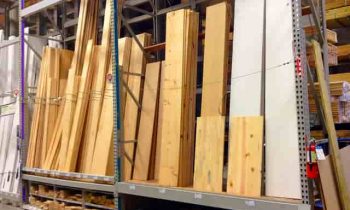 Hardwoods Vs Softwoods
Hardwoods Vs Softwoods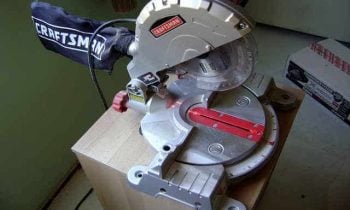 Choosing Woodworking saws
Choosing Woodworking saws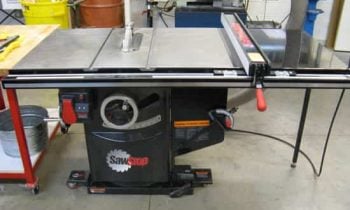 Jet Woodworking Tools
Jet Woodworking Tools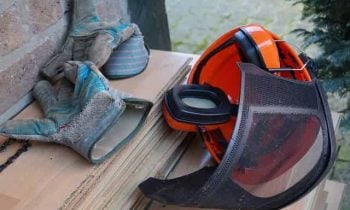 Quality Woodworking Tools
Quality Woodworking Tools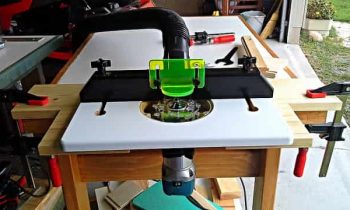 Large Woodworking projects
Large Woodworking projects